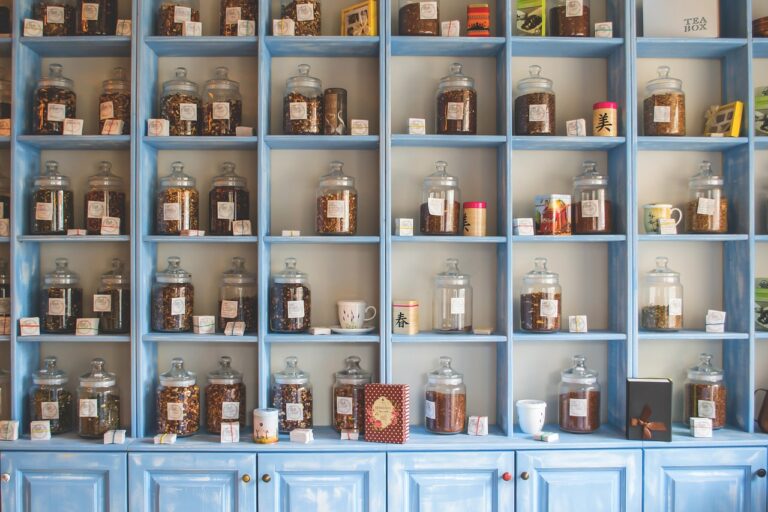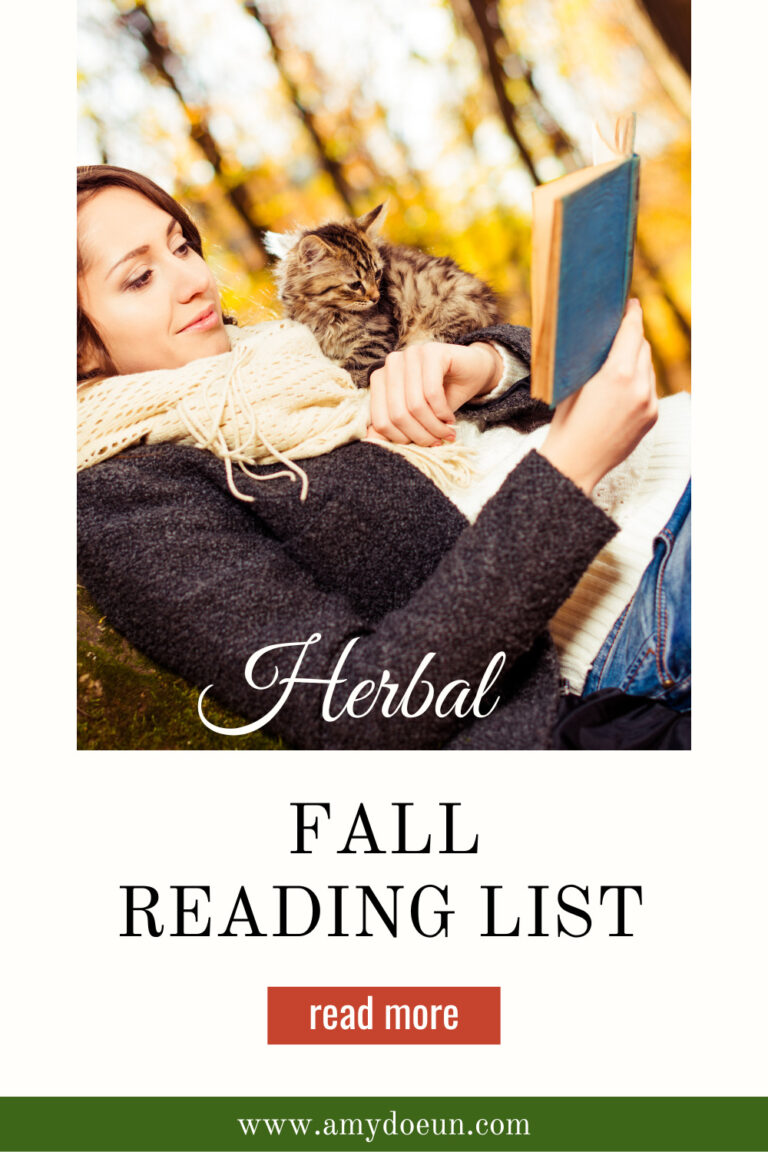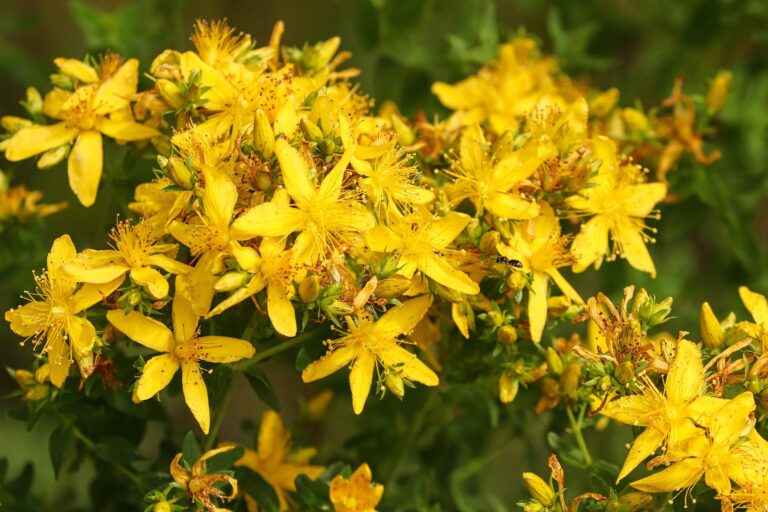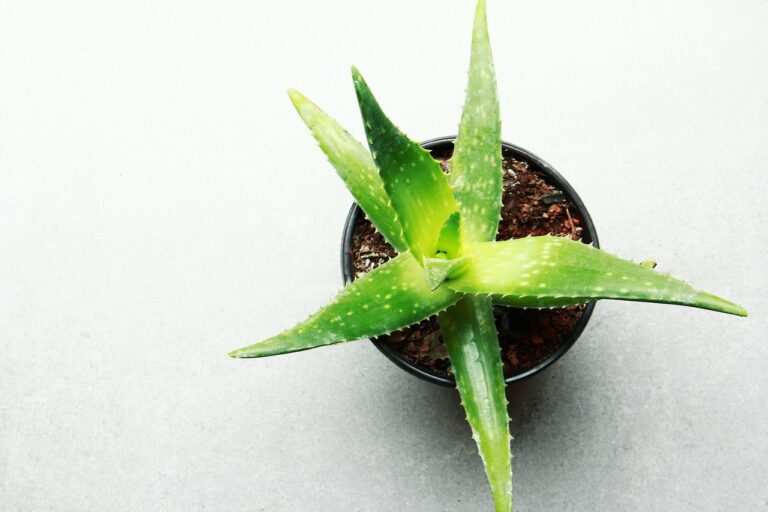Help for Pollinators/ No Mow May
Bees and other pollinators are in trouble. We have known this for several years. Anyone who has tried to raise their own honey bees knows how difficult it is to keep colonies going year after year. However, while honey bees are popular for their added benefits of honey and beeswax they are not native to the United States. Solitary bees and other insects that are native are more hardy, but they still need extra help. This is where the No Mow May movement comes in–by offering help for Pollinators.
Bee City USA says on their website
A lush, green, weed-free lawn has historically been center stage in American landscaping. It tells the whole neighborhood that you are a competent, hard-working, contributing member of society. Dandelions and an overgrown lawn are a sign of neglect, incompetence, and laziness—or so our culture would have you believe. . . Not only are lawns burdensome for the people maintaining them, but they also provide little positive benefit to wildlife, and in fact are often harmful. The traditional monoculture lawn lacks floral resources or nesting sites for bees and is often treated with large amounts of pesticides that harm bees and other invertebrates. When we think of habitat loss, we tend to imagine bulldozers and rutted dirt, but acres of manicured lawn are as much a loss of habitat as any development site.
https://beecityusa.org/no-mow-may/
An Herbalist’s Yard
Luckily, I live in the country since manicured lawns are definitely now my thing. I definitely value all the wild plants that grow right around my house. These are plants that I do not manage, they just volunteer year after year.
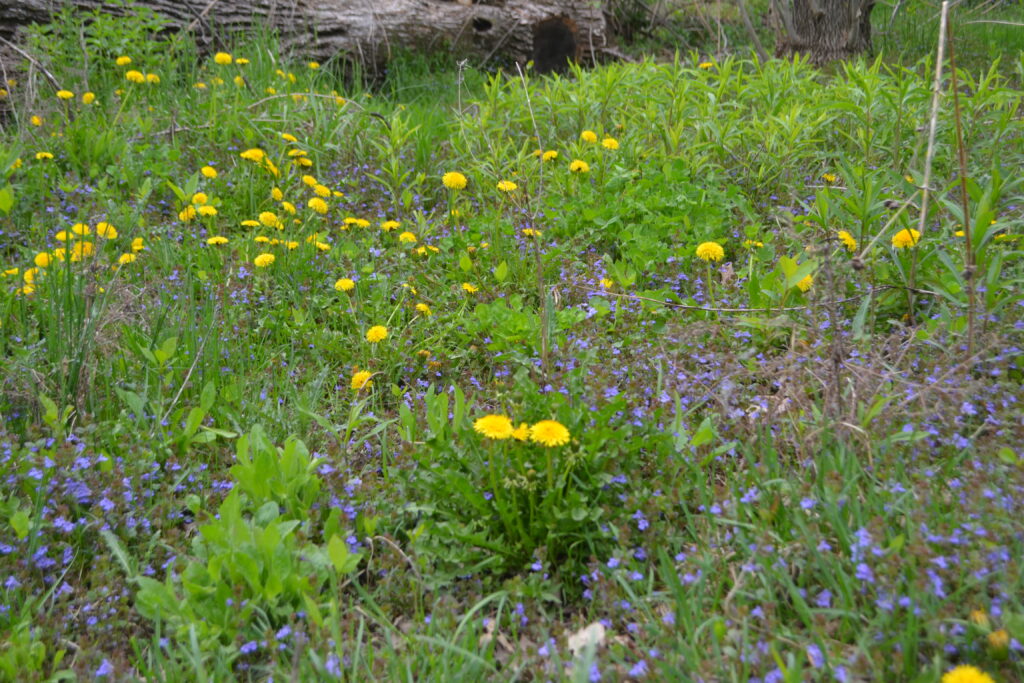
- Violets
- Ground Ivy
- Dandelions
- Prickly Lettuce
- Burdock
- Plantain
- Yellow Dock
- Curly Dock
- Nettle
- Golden Rod
One of my herbalism teachers said, “You can have a pretty sweet herbal practice with just 10 herbs.” My list of weeds within feet of my door is already at 10 and that doesn’t count any cultivated herbs. Some of these are also great for pollinators.
Think Beyond the Grass
The No Mow May movement (which started in the United Kingdom) encourages people to rethink their lawns and many cities are jumping at the opportunity to promote environmental health (and water savings!) over looks. Some are even offering incentives. If your city has not heard of No Mow May ask them to look into it. Chances are a city near you is already adopting policies of conservation and wildlife habitat.

What about Vegetables?
When I was living in St. Paul there was a yard that I loved to walk by. The residents had planted fruits and vegetables in their front yard, but taken care to add decorative varieties and keep the area surrounding the plants neatly mulched. Zucchini, Kale, Swiss chard, Tomatoes, Bush varieties of Green Beans, Raspberries and even Dwarf Apple trees can all fit in many residential lots and with a little planning can be less work than mowing and watering. These are all great for the pollinators and you get to eat from your garden.
Add a Pollinator Plot–Apartment and Patio
My kids bought me a lavender tree for Mother’s Day. This plant is billed as a patio pollinator plant. Other herbs and flowers can be grown in pots on your patio or apartment deck that will give bees and pollinators a much needed boost. Try Calendula (Marigold) as a beautiful option with many herbal health benefits.

Add a Pollinator Plot–City Dwellers
Some seed companies are making pollinator or bee seed mixes. These easy to purchase packets give you ease without the research or cost of mixing your own. Many of them will be perennials and won’t have to be planted every year. The trick for many cities is to be intentional and neat. If you can set up a designated area with borders or pavers to show your intention for the area you are less likely to have issues. This Post from Bee City gives tips for working with cities.
Add a Pollinator Plot–Acreage
If you have acreage you may qualify for a grant from the Natural Resource Conservation Service (NRCS). This is part of the USDA and if you know where your local Farm Service Agency (normally each county will have one, though some counties share) you can ask them to point you in the right direction. They give you tips and guidance for where to buy seeds, how to plant and maintain a pollinator habitat and you receive money each year for 5 years to support you in the maintenance program. We have 3 acres in this program and intend to put more in next year. The amount paid eclipses subsidies for corn and soybeans. Plus you can do the program even if you have a smaller amount of land. You just have to be willing to devote the land to pollinators for at least 5 years. HERE is the link for the Pollinator Habitat Program.
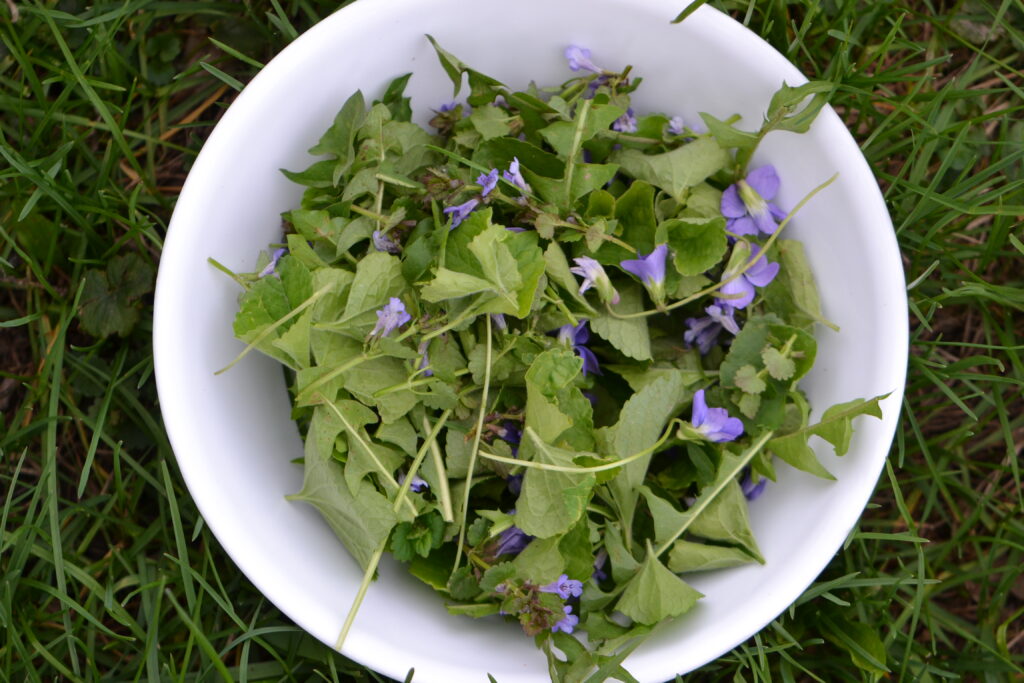
Commit to Help
Hopefully I have given you some ideas of ways that you can begin supporting pollinators in your everyday life. It simply takes intention and a willingness to try. By growing our own plants we get in touch with our natural weather cycles and world around us. It is definitely worth the effort. Luckily many organizations and communities are working to make it easier to help.


